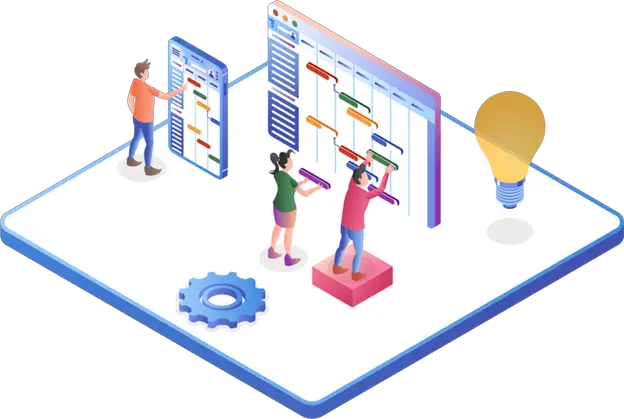In the ever-evolving landscape of information technology (IT), business models continuously shift and adapt to meet changing demands. One of the most significant changes lies in the area of billing models in the it industry – the structure and strategies for pricing IT services. The emergence of disruptive billing models is revolutionizing the IT industry, challenging traditional approaches and sparking innovative strategies.
Understanding the Importance of Billing Models in the IT Industry
Billing models are not just about numbers and transactions; they form an integral part of a company’s business strategy. Selecting the right billing model can be the difference between a business’s success and failure.
Traditional IT Billing Models
Traditionally, IT companies have leaned on a few standard billing models. These include:
- Fixed Price: A model offering a one-time cost for a predefined set of services.
- Time & Materials: A flexible approach where costs are based on actual work done and materials used.
- Retainer: A model where clients pay a fixed amount periodically for ongoing services.
While these models have served the industry well, they are not without their limitations. They often lack the flexibility needed in today’s fast-paced IT environment.
Choosing the Right Billing Model for Your Needs
Selecting the appropriate billing model is a crucial decision for businesses seeking financial efficiency and customer satisfaction. The right choice depends on various factors, such as the nature of the products or services offered, customer preferences, and company goals. Three common billing models are Time-based, Subscription-based, and Project-based.
Time-based billing charges clients for the time spent on a project or task. This works well for consulting and professional services. Subscription-based billing offers a recurring fee for access to products or services, ensuring a stable revenue stream and fostering customer loyalty. Project-based billing is ideal for one-time projects with predefined costs.
By carefully analyzing these models and aligning them with their specific needs, businesses can optimize revenue generation and establish lasting client relationships.
The Game Changers: An Introduction to Disruptive IT Billing Models
So, what’s shaking up the status quo? The answer lies in disruptive IT billing models. These are innovative approaches that challenge traditional models, often providing more flexibility, scalability, and customer-centric pricing.
Major Types of Disruptive IT Billing Models
The world of disruptive IT billing models is dynamic and diverse. Let’s explore some of the most prominent ones:
- Software as a Service (SaaS): Customers pay a subscription fee to access software hosted in the cloud.
- Platform as a Service (PaaS): This model offers a platform for developers to build, test, and deploy applications. Customers pay for the platform use, not the underlying infrastructure.
- Infrastructure as a Service (IaaS): This model allows customers to rent IT infrastructure such as servers, storage, and networking on a pay-as-you-go basis.
These models offer a new way of thinking about IT services, focusing more on value delivery and customer needs.
Case Studies: Success Stories with Disruptive Billing Models
To truly understand the impact of these models, let’s delve into some real-world examples:
- Netflix: A classic example of the SaaS model, Netflix charges a monthly subscription fee for unlimited access to its vast content library.
- AWS: Amazon Web Services is a perfect example of the IaaS model, providing a broad range of pay-as-you-go services.
- Google Cloud Platform: This PaaS model offers developers a comprehensive suite of cloud services for building, testing, and deploying applications.
These examples show the transformative potential of disruptive billing models in the IT industry.
Conclusion
In conclusion, the emergence of disruptive IT billing models is a testament to the innovation and adaptability of the IT industry. Understanding these models is vital for any business navigating the digital landscape. Whether you’re a tech giant or a startup, these game changers are here to stay. How have disruptive billing models affected your business? We’d love to hear your experiences and insights!


























